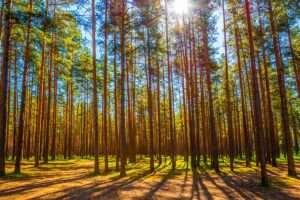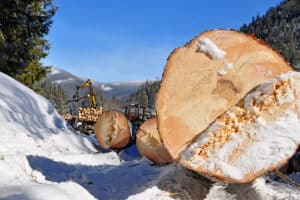What does it mean when you hear someone say, “It was a good deal—the property paid for itself.”?
Well, it could mean one of several things.
The first might be that the seller had held the property for many years before selling. Inflation and appreciation had combined to produce a sales price that was greater than the original purchase price.
While the selling price after, say, 30 years might be double or triple the original price, the calculation changes once the interest charges on a 30-year mortgage and property taxes are tossed into the mix. And things get a bit more complicated when you discount those costs by the tax benefits of the deductions for mortgage interest and property taxes.
All in all, one should assume that the sales price after 30 years will be higher than the purchase price. But that’s not exactly paying for itself.
The second idea is that the seller flipped a property within a couple of years of purchasing it for more than the purchase price.
The shorter the ownership period the better for a flipper, generally speaking.
Once again, the details of the purchase and the sale reveal just how good or not so good a deal like this might be.
If the original purchase was for, say, $100,000 and the flip went for $200,000, a cash buyer certainly grossed $100,000, but it’s fair to subtract from that number the investor’s costs of getting in and getting out, property tax, income tax on gain and the interest that might have been earned safely on a CD. Flippers always need to calculate whether it’s more in their interest to flip a property within a year of acquisition and pay tax at their ordinary-income rate or hold for at least a year and pay tax on their gain at their capital-gains rate, which is likely to be lower.
If the investor borrowed most of the $100,000 and then flipped for $200,000, then the gain on his cash outlay in this deal will be much higher. In the first case, the flipper might have put in $125,000 altogether to earn $75,000. He gets back his $100,000 in capital and $75,000 in net profit, after taxes and expenses. In the second case, the flipper gets back, say, $20,000 in down payment and $60,000 in net-after-costs profit.
The flipper does better risking $20,000 of his own money for a $60,000 net profit rather than $100,000 for a $75,000 net profit. Both examples are often described as paying for themselves.
A third idea was often played with timberland when it could be bought relatively cheaply. If the property’s merchantable timber – the trees with immediate commercial value – was substantial, say 60 percent of the purchase price or more, the timber could be sold soon after purchase and the net used to pay down the mortgage. If the timber sold for its cruise value at the time of purchase, no taxable gain would occur at the time the timber sale happened.
An investor working with a consulting forester who knew the stumpage-price cycle in a local market could also time a sale of sawtimber to catch the next top. He might even sell the stumpage for more than he paid for the property. That left the investor with the property paid for, free and clear. This gets pretty close to a property paying for itself, depending on the particulars.
The investor was left with a cutover tract that, depending on the extent of the timbering, would be ready for its next harvest within 20 to 40 years. It could at that point be sold immediately as cutover land or held and then sold.
It’s very hard to find timberland that you can do this with these days.
First, most timberland sellers are selling land that they’ve cut within the last ten years, often within the last two. That means that the next harvest is two or three decades off. If timberland purchased lacks immediately merchantable stumpage, then you have to project the approximate time of the next harvest, likely prices and your ability to carry the property until the payoff. Cutover properties can be excellent real-estate IRA investments for individuals in their 20s, 30s and early 40s. They will pay for themselves over an extended period of time, but not immediately.
And second, the price of timberland has been inflated by sellers pricing their tracts toward the second-home market.
An investor looking to work the old timberland magic needs to follow these guidelines:
- Buy the timberland at a timberland price, not a second-home price.
- Work with a consulting forester who knows the local cycles for stumpage prices. Look to buy when timberland prices are in a dip, which usually lags the price drop in the stumpage cycle.
- Bring realistic expectations. You may not be able to have a timber sale pay the entire cost of acquisition. Fifty to 75 percent is still pretty good.
- Have enough cash flow to be able to wait for the upturn in the stumpage-price cycle.
- Have enough cash flow to be able to carry the cutover land until the market and price of woodland (without substantial merchantable timber but good long-term future prospects) rises.
This content may not be used or reproduced in any manner whatsoever, in part or in whole, without written permission of LANDTHINK. Use of this content without permission is a violation of federal copyright law. The articles, posts, comments, opinions and information provided by LANDTHINK are for informational and research purposes only and DOES NOT substitute or coincide with the advice of an attorney, accountant, real estate broker or any other licensed real estate professional. LANDTHINK strongly advises visitors and readers to seek their own professional guidance and advice related to buying, investing in or selling real estate.









While looking at rural property in Texas, the ideal income producer was a pecan orchard with good pastures to run purebred cattle, producing oil wells dotting the land and four broiler houses at the farmyard. Now that is cash flow !!!